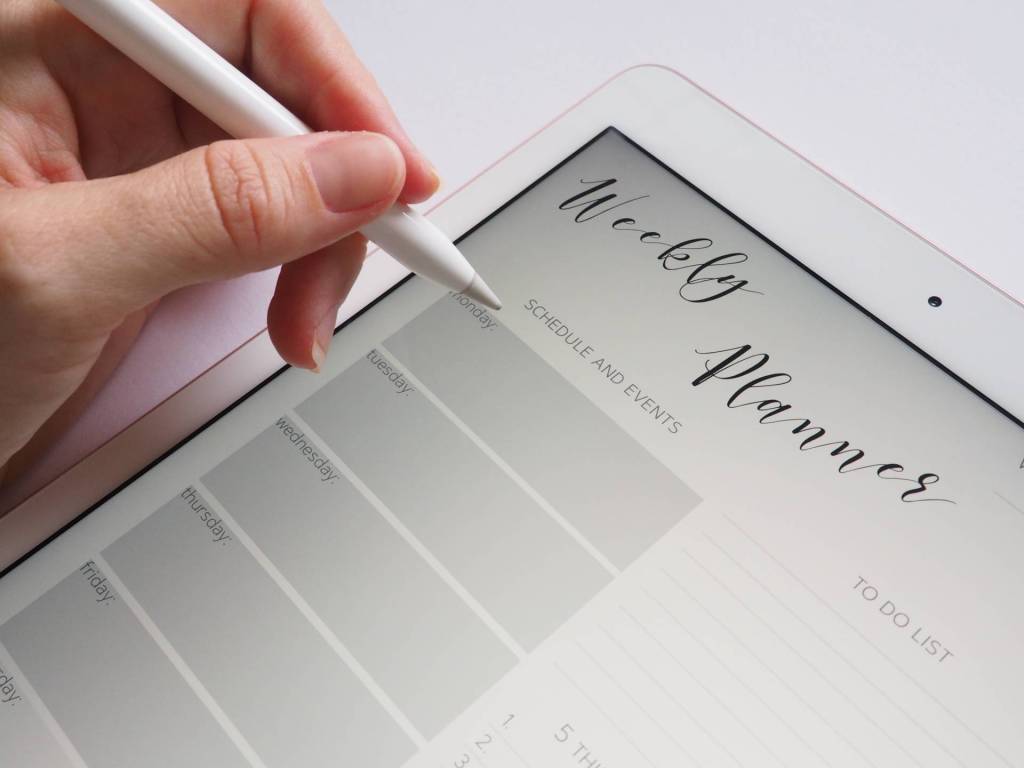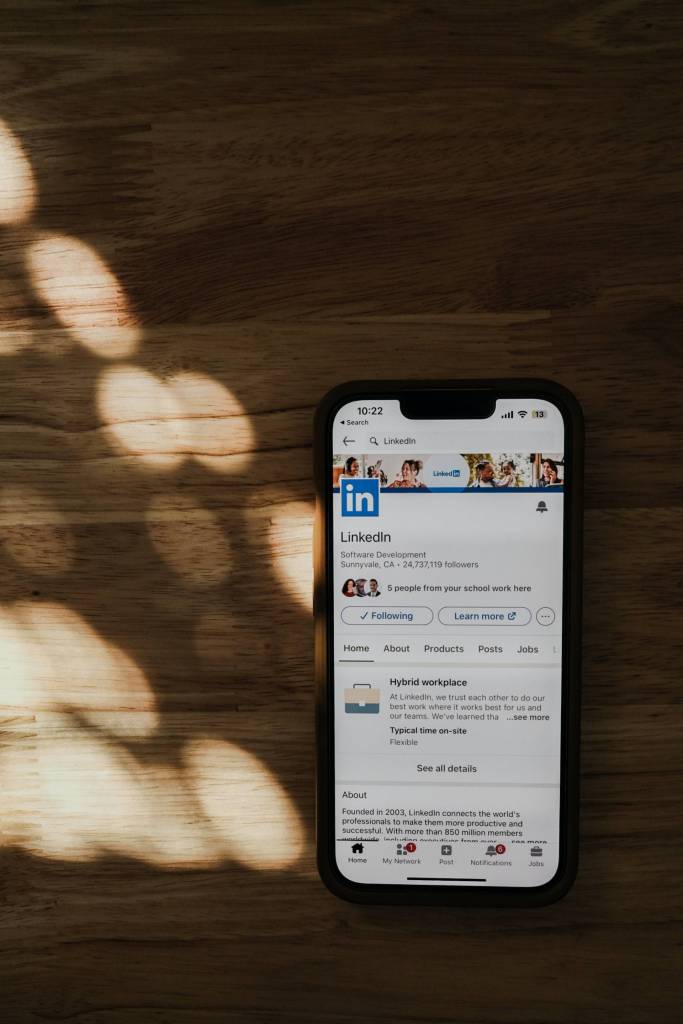Nowadays, personal branding isn’t just limited to businesses and establishments. Resumes require personal branding now, too — especially since digitalization has become a significant player in most industries. And since almost everyone’s online now, you have to work harder and smarter to establish yourself in a vast sea of competition.
If you’re looking to give your old resume an update or are in need of a rebrand, there’s no time like the present! Allow me to show you how to build personal branding in a resume.
Personal Branding vs. Branding Statement
Let’s get one thing clear before going to the specifics: personal branding and a branding statement are two entirely different things.
The latter is a short paragraph that summarizes your value, audience, and unique selling point. On the other hand, the former (in the context of resumes) refers to all the supporting elements (bullets, facts, figures, statements) that back up the former.
Now that we’ve established the difference between the two, let’s get down to business, shall we?
Building a Personal Brand for Your Resumes
Regardless of if you’re in the entry-level bracket or not, branding is a must for every resume now. I’ll show you how to master this art through some tips and tricks.
1. Choose Your Target
Save yourself the trouble of long and exhausting job hunting experiences by picking a specific target. You can start by looking up job descriptions for your desired position to see its requirements. Doing your homework on your target employers (and their industries), current trends, and market challenges also helps.
Not only does this advanced preparation save you a ton of time, but it also makes you look competent. This will leave an excellent lasting impression on recruiters and employers. Imagine seeing a candidate exhibit professional behavior, even in the application stage.
2. Find What Makes You Unique
No two applicants are the same, certainly. However, one thing doesn’t change. There are tons of people lining up for the same job you’re vying for.
This fact means that you have to distinguish yourself from many applicants. The question is, how can you do that? Ace this by identifying your unique selling point (USP). To incorporate your USP into the personal branding you use for your resume, you may have to ask yourself these questions:
-
What do I do?
-
How do I want people to identify me?
-
How do people perceive me?
-
Which industry do I want to work in?
-
How do I want to be known?
Once you’ve answered these questions, create a definition that fits you to a tee. Think of your USP as your TV commercial. If commercials convince people to buy products, your USP should convince recruiters to hire you.
3. Organize Your Personal Branding Around a Theme
At this point, you already know what you’re signing up for. Build the personal branding of your resume by working around a theme. In this case, your theme should revolve around your target job.
Start by looking at your professional history and pick out specific areas that correlate with your chosen field and position. These can come from your skills, experiences, or accolades. Look for some examples online for reference in case you’re having trouble with this part.
Let’s say you’re applying for a PR job. Your resume should be centered around that industry, from the header down to the education section. This consistency will impress recruiters and can improve your chances.
4. Use Appealing Visuals
Another tried and tested branding trick is to use eye-catching visuals. You may have to retire the plain white resume templates and opt for something more creative instead. So if you want to switch up layouts, fonts, and other elements, go for it!
The usual rule of thumb is to keep resumes as colorless as possible. However, if you want to add some splashes, go ahead! Colors say a lot about a person, so choose shades that reflect you.
Don’t get too crazy with the visuals, though. Remember: you’re still writing a formal document here. One odd insertion can make or break your chances. You don’t want to come across as unprofessional, right? So, be mindful of your visuals and apply them tastefully as you dress up your resume with personal branding.
5. Cut the Clutter
Resumes should be easily readable, especially if you’re submitting digital ones. Trust us — no one wants to read walls of text on both papers and screens. Recruiters don’t have the time to read lengthy documents due to their busy schedules.
Keep hiring managers’ eyes on your resume by writing digestible content. Readers will be more motivated to finish looking at your application if you keep your words clear and concise. Since you still have margins and other resume formatting options to consider, don’t beat around the bush. Keep relevant information in and filter unimportant details out.
6. Bring the Action
Employers appreciate people who take the initiative to make work more efficient. Make your drive a part of the personal branding that shows up on your resume.
The experience and education sections are the best places to put this into practice. Instead of simply recounting your history, use action words to reflect your initiatives. You can replace a sentence like “Managed the creative team” with “Supervised and monitored a team of designers and writers.”
7. Make Your Online Presence Known
Social media profiles aren’t the be-all and end-all of job applications, but they can help shape your personal branding and get you hired. Recruiters will want to look at your pages to see how you fit into your talent pool.
Add a link to your LinkedIn account, no matter which industry you choose to work in. The employment-oriented online platform is an excellent place to showcase your professional talents and knowledge online, giving recruiters extra insight. Make sure your profile is optimized so hiring managers can easily spot you.
You can leave out your Facebook and Twitter accounts from this. However, your profiles should be free from questionable posts, especially if you’re using personal profiles. You don’t want to scare recruiters away with unruly online behavior.
Feel free to include your websites and portfolios — especially if you’re in creative industries. If employers like what they see from your work, you may have landed yourself a job.
Once you establish your personal brand on your resume, job hunting will become a lot less stressful. Building it will take some time, but the work you put in will be worth it once you reap the rewards. Don’t forget to exhibit professionalism and consistency while putting yourself out there in the job market.













